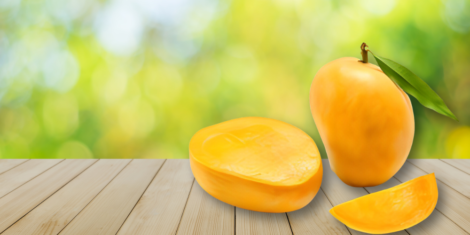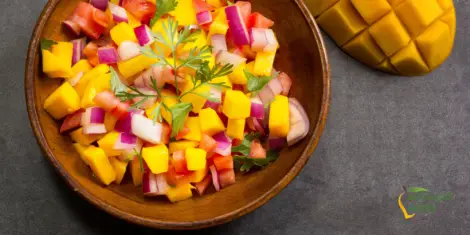Introduction:
When it comes to cooking, terms like “pulp” and “puree” are often used interchangeably, but they actually refer to different forms of processed food. In this blog post, we will unravel the dissimilarities between pulp and puree, shedding light on their characteristics and culinary applications. Whether you’re a professional chef or a passionate home cook, understanding these differences will help you choose the right ingredient for your recipes and achieve the desired results.
Pulp: Texture and Definition:
Pulp refers to the soft, fibrous part of fruits or vegetables that remains after removing the juice or liquid component. It is the natural, coarsely textured residue obtained by crushing or grinding the edible portion. Pulp retains some of the natural fibers, creating a slightly grainy consistency. It is often characterized by small pieces or fragments of the fruit or vegetable.
Puree: Smoothness and Consistency:
Puree, on the other hand, is a smooth and homogeneous blend of cooked or raw fruits, vegetables, or legumes. It is achieved by processing the ingredients to a fine, uniform texture using methods like blending, sieving, or straining. Purees have a silky, velvety consistency without any visible bits or lumps. They are known for their uniformity and smoothness.
Culinary Applications of Pulp:
Pulp is commonly used in recipes that benefit from texture and the presence of small fruit or vegetable fragments. It adds a rustic touch to dishes and provides a pleasant mouthfeel. Pulp is often used in making jams, jellies, chutneys, and sauces. It can also be incorporated into baked goods, smoothies, and beverages for added texture and flavor.
Culinary Applications of Puree:
Puree, with its smooth and uniform texture, is highly versatile in the culinary world. It serves as a base ingredient for various recipes, adding thickness, flavor, and consistency. Purees are commonly used in soups, sauces, dips, and spreads. They are also utilized in creating baby food, desserts, ice creams, and sorbets. Purees can be seasoned, flavored, or combined with other ingredients to enhance their taste and visual appeal.
Processing Methods:
Pulp is typically obtained by crushing, mashing, or grinding the fruits or vegetables, while puree requires more extensive processing. To achieve a puree, the ingredients are cooked until soft and then blended or strained to obtain a smooth texture. Depending on the desired outcome, purees can be strained through a sieve or passed through a food mill to remove any residual solids.
Shelf Life and Storage:
Due to its minimal processing, pulp has a shorter shelf life compared to puree. Pulp is often used immediately or preserved by canning, freezing, or refrigeration. On the other hand, purees can be stored for longer periods, thanks to their smoother consistency and reduced water content. Properly stored purees can be kept in the refrigerator or freezer for extended use.
Customizability and Recipe Adaptability:
Purees offer more flexibility and adaptability in recipes compared to pulp. They can be easily customized by adding seasonings, spices, or other ingredients to suit specific flavor profiles. Purees also lend themselves well to blending with other purees or incorporating into various dishes, allowing for greater creativity in the kitchen.
Conclusion:
Understanding the distinction between pulp and puree is essential for culinary success. While pulp retains the natural texture and fiber of fruits or vegetables, puree provides a smooth and consistent base for a wide range of dishes. By grasping the characteristics and culinary applications of both, you can make informed choices and create delectable recipes tailored





